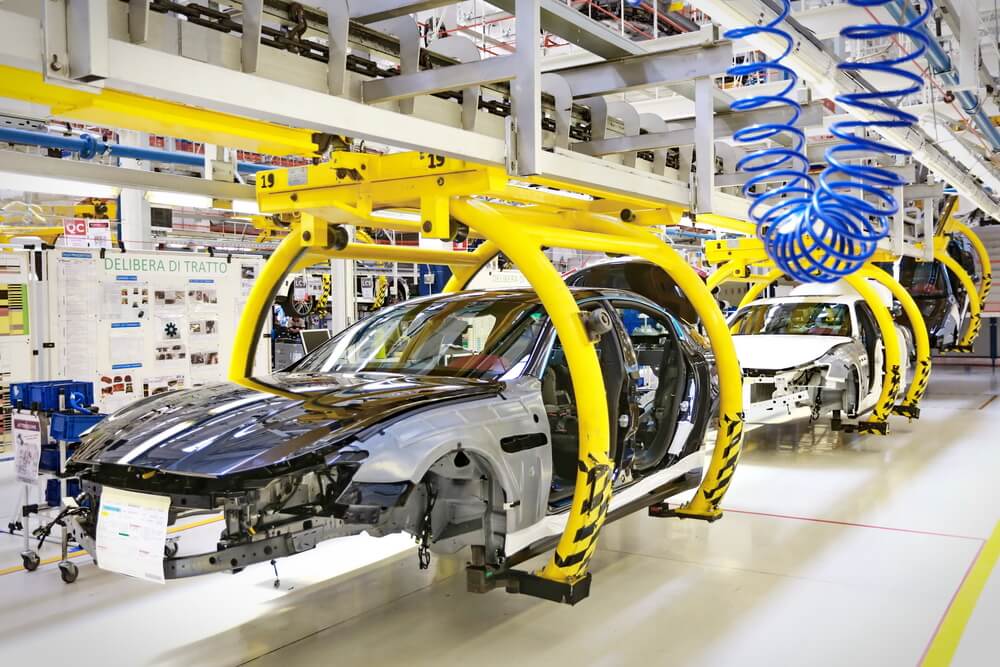
When you buy widespread motor insurance coverage, the insurer may additionally regularly let you know that the policy will offer you overall loss benefit in a car accident. However, in truth, you must realize that this does not imply that the insurer will cover the whole substitute fee against the claim made through you. Generally, human beings are not aware of the precise meaning of a lot of terminology in motor insurance until they recognize it after dealing with it in a real-life situation. What do you get in case of ‘general loss’? Generally, for any asset, a total loss way a situation in which the repair price of the damaged asset exceeds its insured cost. However, in the case of motor insurance in India, a vehicle is considered a ‘general loss’ if the fee of restoring a car damaged in an accident exceeds 75 percent of the insured declared fee (IDV) of the vehicle
Tarun Mathur, Chief Business Officer- General Insurance, Policybazaar.com, says that total loss is a term that is stated in a scenario where the restoration cost of an automobile exceeds seventy-five percent of the IDV of the motor in case of unintended damage. “So, preferably, you’re eligible to receive the IDV if the vehicle results in a complete loss in unintended damage,” he stated. In truth, the IDV of the motor is generally (for cars as much as five years old) decided through making use of a pre-described depreciation factor on the car’s ex-showroom price. Hence, it does not count whether or not the car is just ten days or 10 weeks, or 10 months old; you can no longer get the substitute cost of the automobile.
Hence, in case of a total loss, the maximum price you get is equal to the IDV of the car as stated in the coverage for 12 months, wherein the coincidence occurred. The IDV is agreed upon together between you and the coverage employer and set at the start of your coverage policy. Normally, the IDV is calculated by thinking about the producer’s listing price of the automobile minus depreciation. The cost of registration and insurance top rate isn’t covered within the rate before depreciation. Depreciation is a reduction in the price of an asset over the years, due mainly to wear and tear. The older the automobile, the higher the depreciation. To repair the IDV, your insurer adjusts it with trendy depreciation costs consistent with the Indian Motor Tariff Act. Here is the timetable of depreciation for arriving at IDV.
‘Return to invoice’ upload can get you to the cost of the original car in case of a general loss claim, Kapil Mehta, co-founder, online coverage broking firm Secure Now. It says that the insurer isn’t vulnerable to reimburse any amount more than the IDV decided for a car. Since the IDV is a depreciated value, you will not be able to get a completely new car with the declared money in case of a general loss of your vehicle. “However, in case you buy a ‘Return to invoice’ upload-on (at time of buying/renewing the coverage), then the insurer will even pay the difference between the IDV and the bill if you have a total loss,” he said. But, this upload-on can best be offered in conjunction with current motor insurance for a car not older than two years from the date of purchase.










